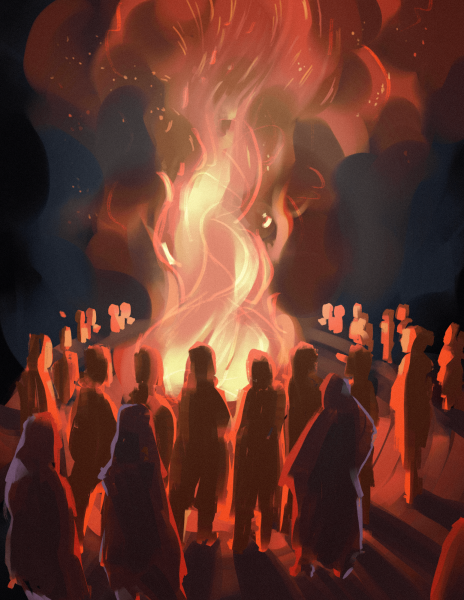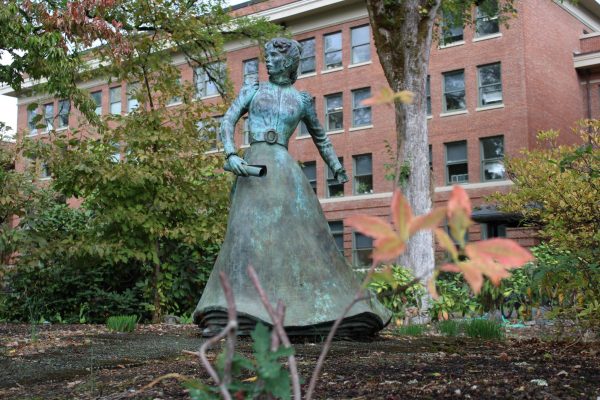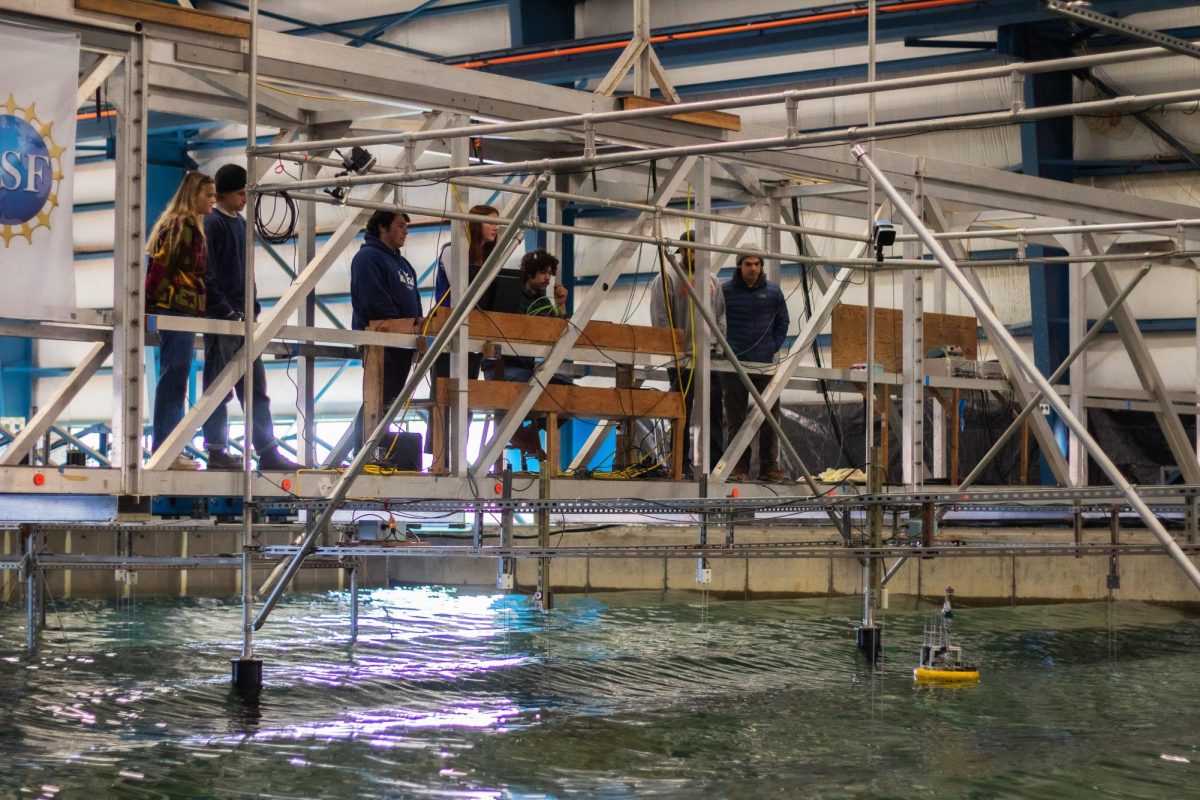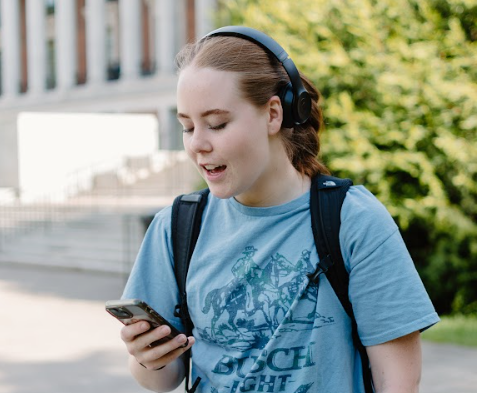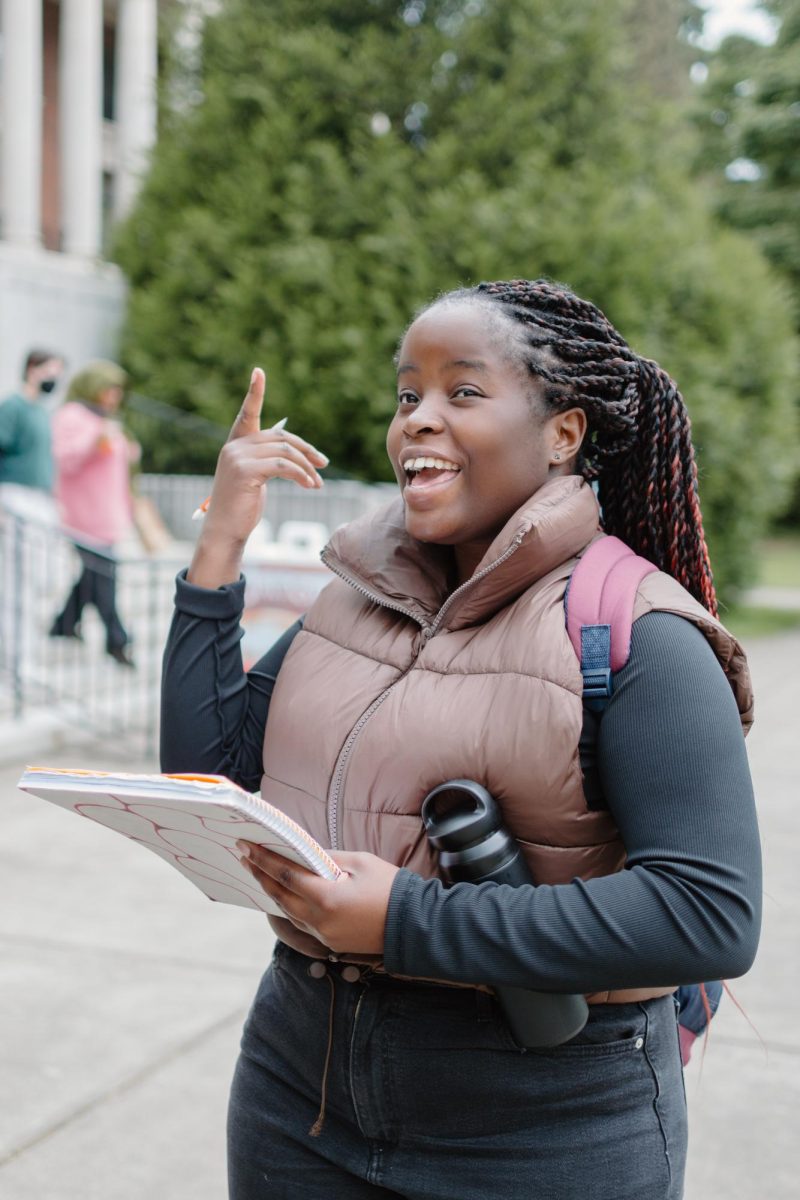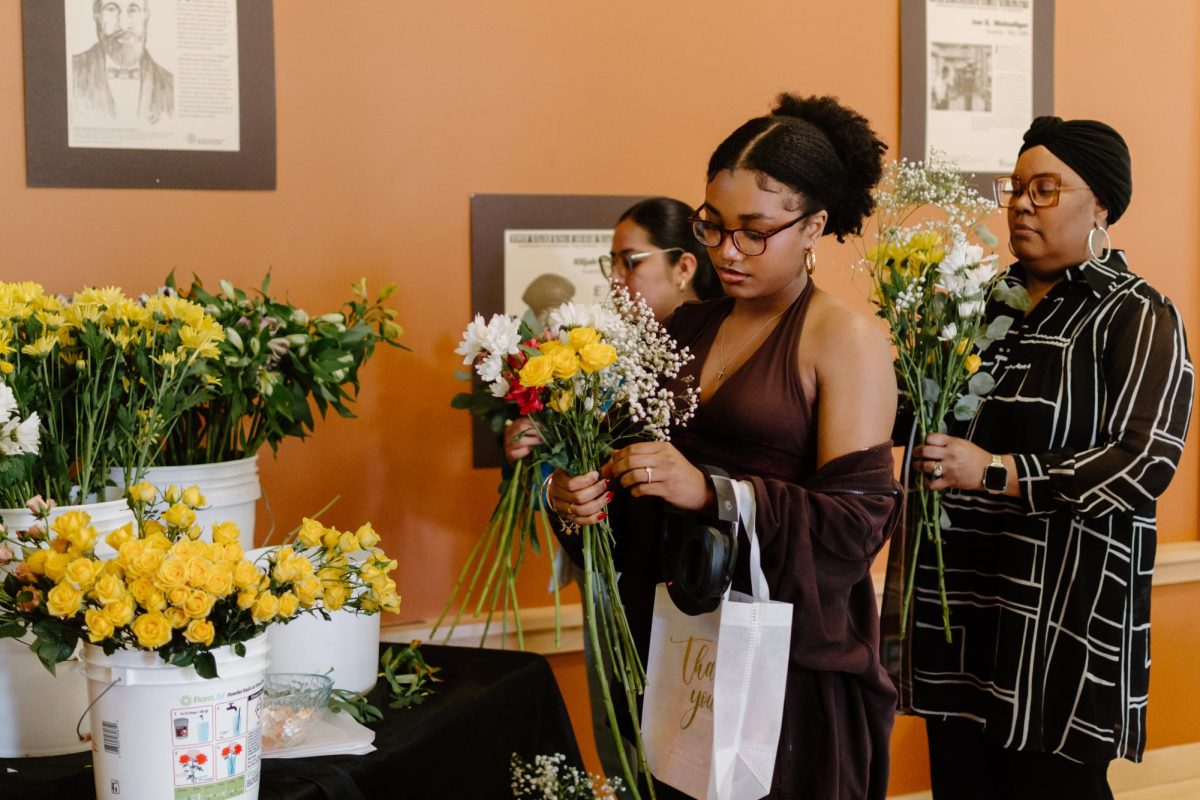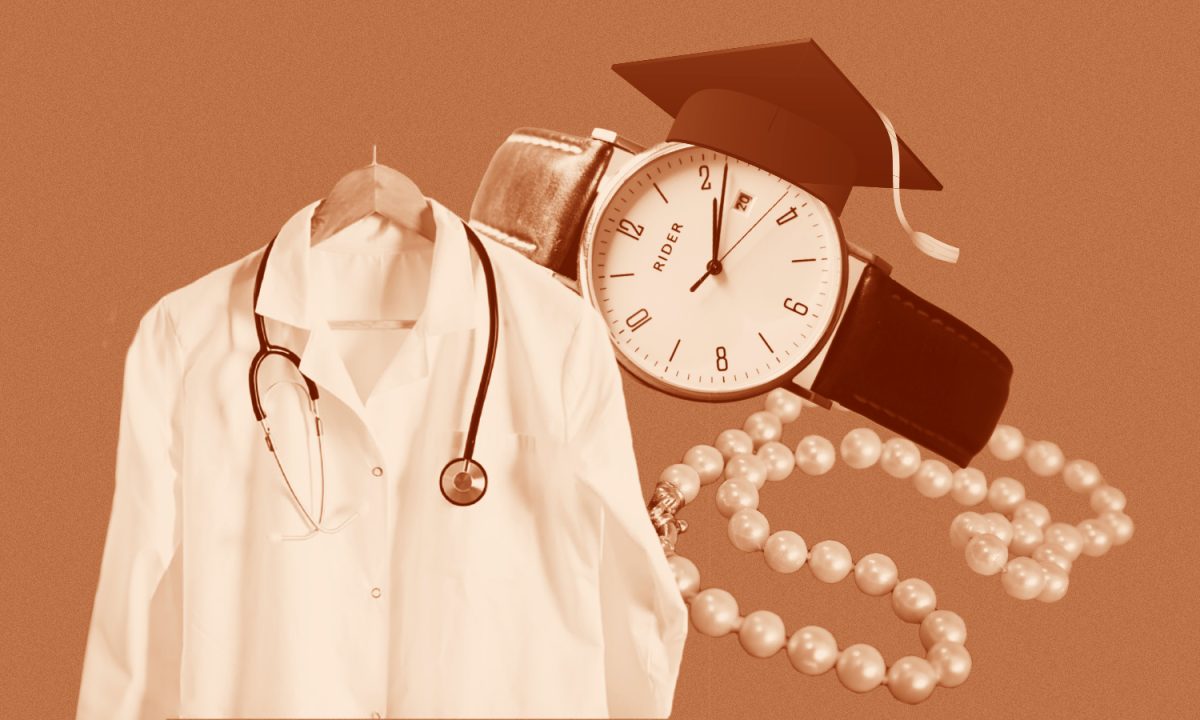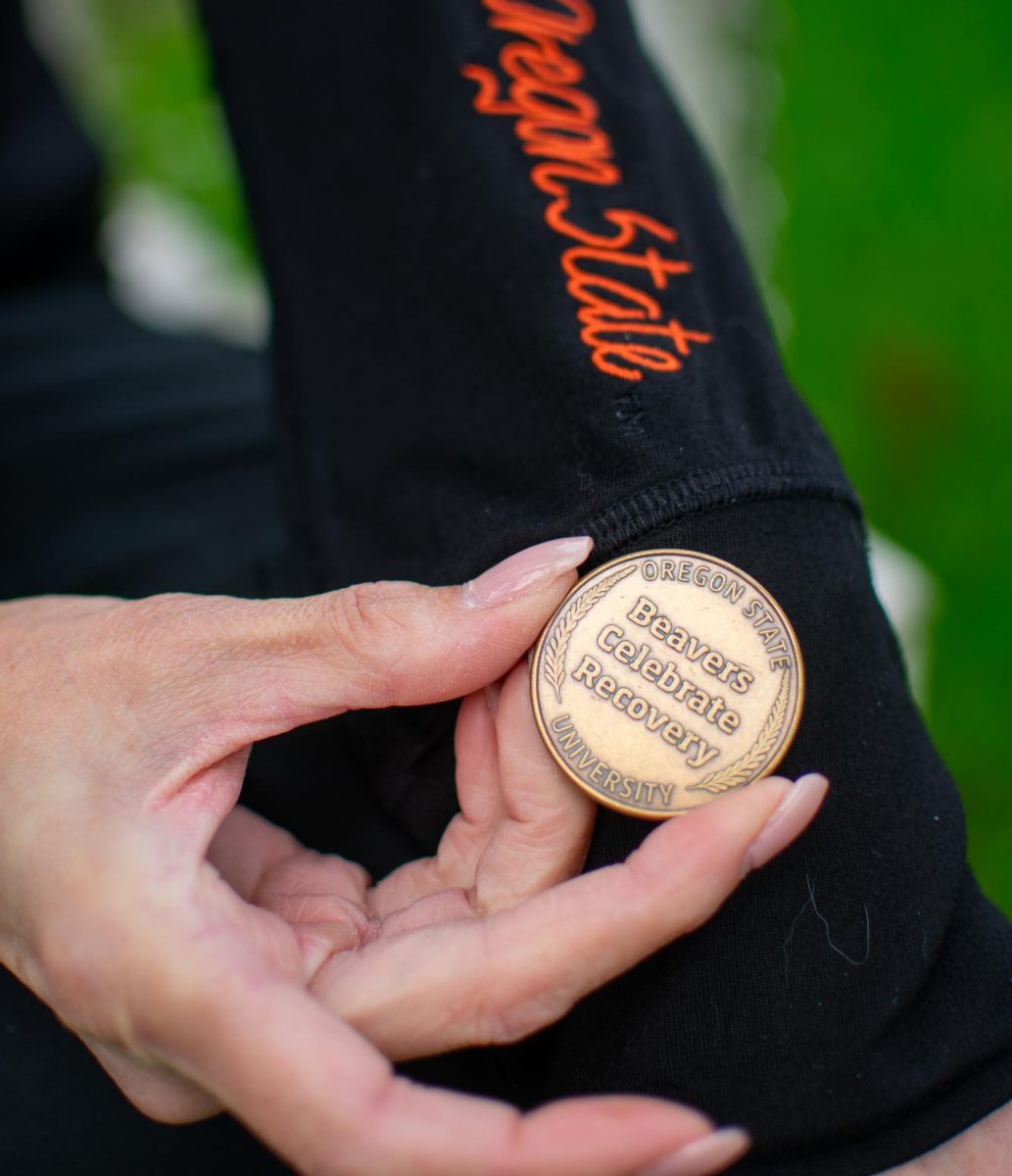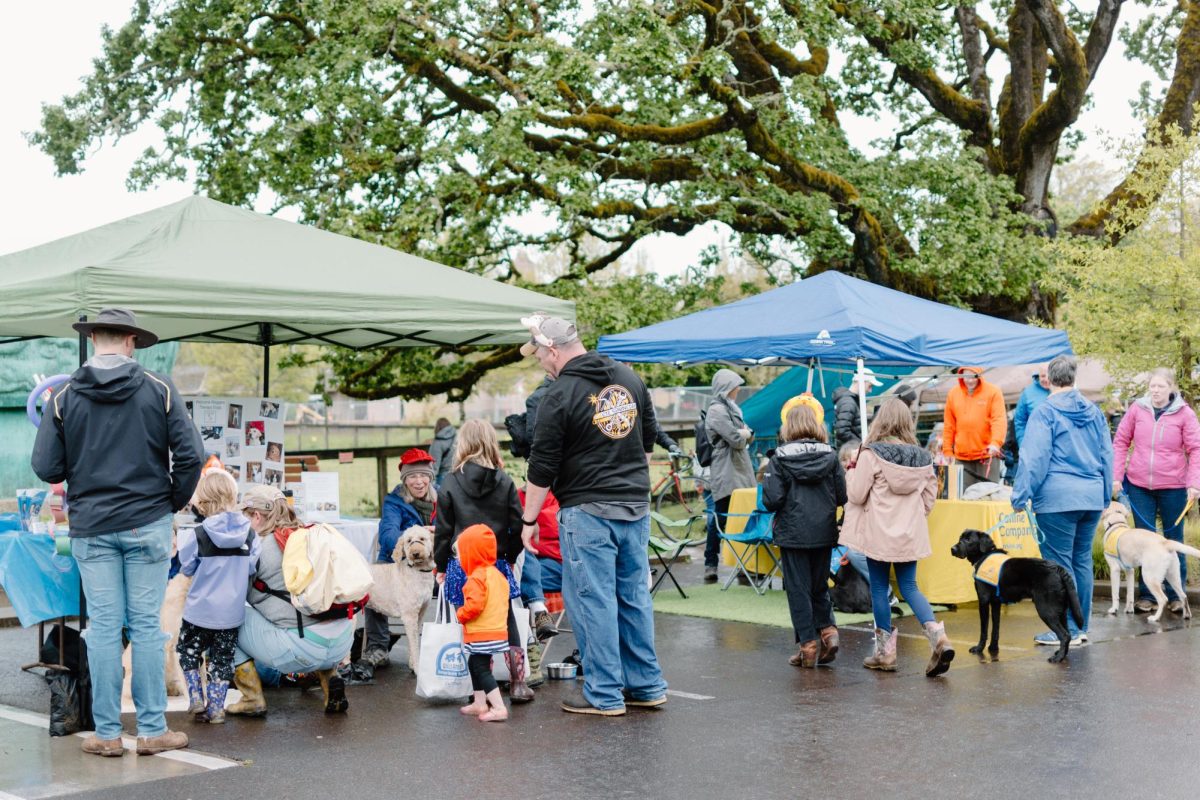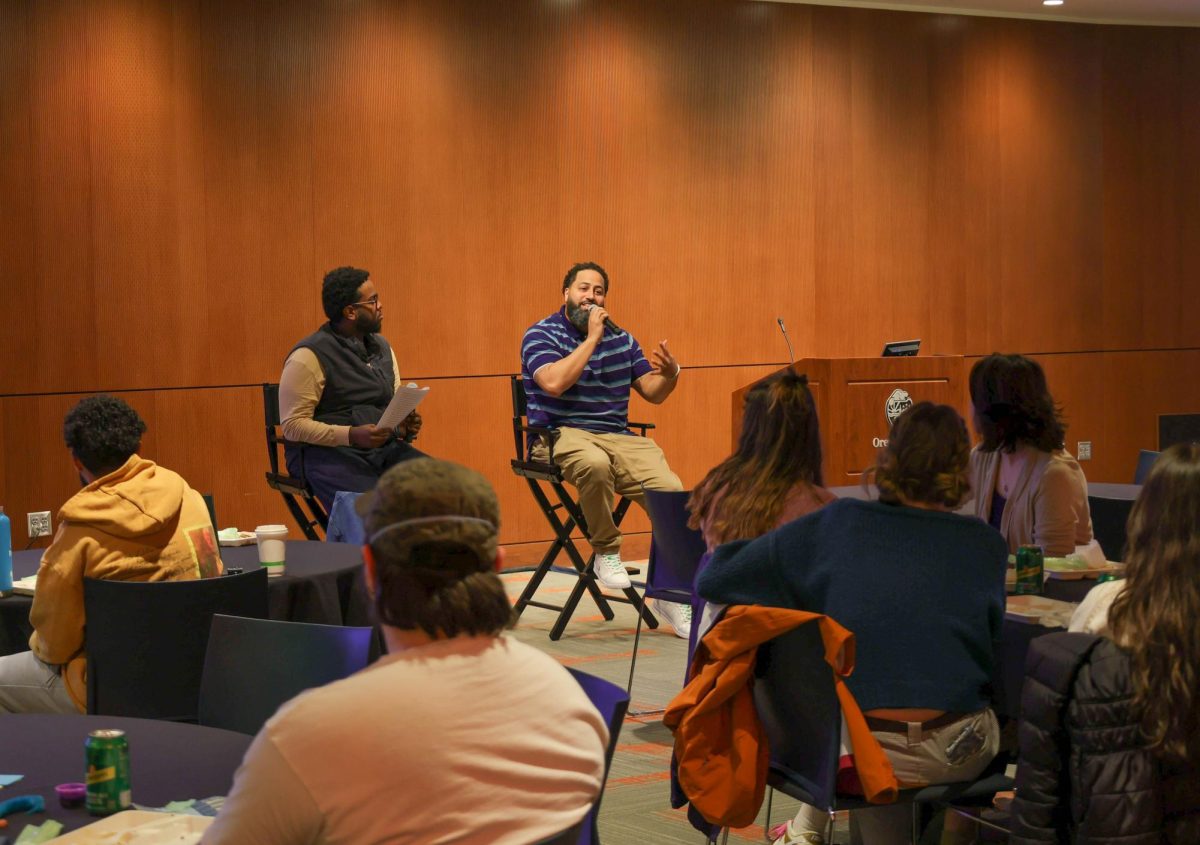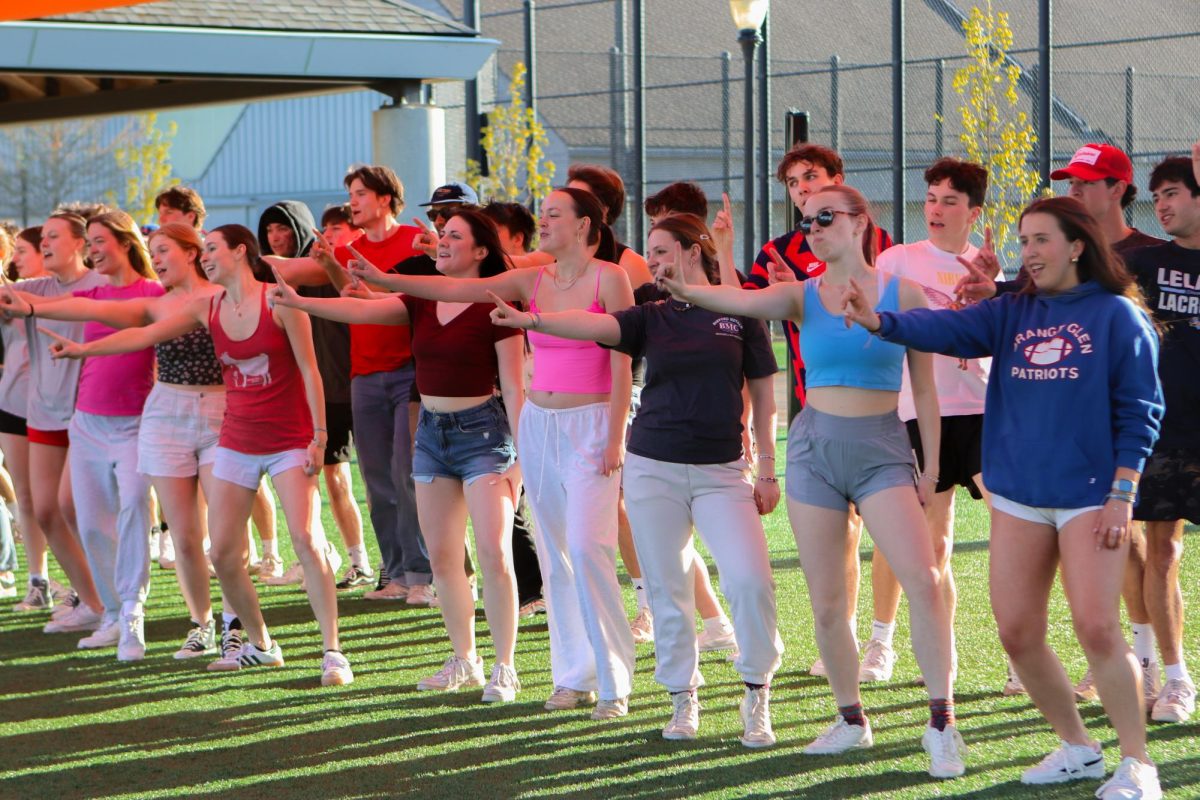A growing science, trying to combat our ever changing climate, dedicated to renewing energy from the natural movement of water; marine energy.
A dedicated group of Oregon State University students sought out to put themselves into this growing field, developing a project for the United States Department of Marine Energy Collegiate Competition, hoping to snag first place this year.
The competition started in 2019, with OSU participating since 2021, along with numerous other schools across the country. There are 19 other universities competing this year. They took home second place in 2022, followed by first-place winner, Webb Institute in New York.
The final presentation will be held late May in Portland, with winners being announced sometime in June.
The prize money is $420,000, but it’s assumed it’ll be distributed for those getting into the competition.
This year, the team consists of 17 students with the goal of creating a new system to help power buoys for longer for the Ocean Observatories Initiative.
OOI is currently not meeting their marine energy power demands and is seeking help from the OSU team, according to Gabe Jones, a fourth-year ecological engineering and oceanography student.
“Right now they use a mix of wind, energy and batteries to keep their moorings (and) all of their sensors operational,” Jones said. “However, they’re still not meeting their power demands because winds aren’t always blowing, the sun’s not always shining for (solar) panels, waves aren’t always rolling.”
The team hopes to develop a wave energy converter directly integrated into their wet zone in the nearshore environment to help operate the buoys and moorings, which are places where a boat is anchored. Jones explained they will have to work more closely with biofouling, the fouling of pipes and underwater surfaces by algae and other organisms, due to the water being deeper in these areas.
Jones explained biofouling is a particular concern for their project, as bacteria and algae can get in between mechanical parts, sinking the entire system. His specific part in the project is to find a way to better handle biofouling in an environmentally conscious way.
“I love having opportunities for interdisciplinary work as an engineer,” Jones said. “My main passion is about the ocean environment, so getting a chance to actually get to bring a lot of stuff I don’t (normally do), like biology, ecology and think about the greater ocean systems to this team has been really fun.”
Ian Hermanson, a fourth-year mechanical engineering student, who leads the MECC team as a third-year member is passionate about this year’s initiative.
“(OOI) have these buoys that are collecting data and it’s like a 30 year mission to get scientific data on the ocean,” Hermanson said. “The competition (allows you to) choose a problem and then you make a technical design.”
The team will create a full-scale prototype and test at O.H. Hinsdale Wave Lab on campus. The team gets $20,000 to test their system, which is something “professionals could do,” according to Hermanson.
Besides the build and test challenge, the team must also create a business plan, a technical design and perform community outreach.
The team is split up in two teams; one team, led by Hermanson, is a capstone group, using this project to get credit for their senior year, and the other, a group of non-senior students that primarily works on community outreach projects.
“The (capstone) team is a group of 10 people who are brand new to marine energy,” Hermanson said. “This has no real consequential value. It’s more about the chance to make undergraduates learn, put them in a wave lab and then leave interested in a career.”
After graduation, Hermanson plans to venture further into marine energy. He will head to Colorado with an internship at the National Renewable Energy Lab, where they are currently working on unmanned vehicles that collect ocean data, which Hermanson said “look like little torpedoes.”
Since the field is so new and is the “world’s largest untapped renewable energy resource,” according to the U.S. Department of Energy, there can be a lot of setbacks.
“Marine energy basically came out 20 years ago,” Hermanson said. “All these companies are really preparing to power the coast and they all fail … The reason they failed is because it’s literally super hard to engineer stuff.”
Hermanson stresses the importance of undergraduates getting involved in marine energy, as he believes it’s likely the direction our future will go, yet more research from students is needed to gain a further understanding of this untapped energy source.
“If you look up (online) ‘a wave energy converter,’ they all look different,” Hermanson said. “That’s because they haven’t figured out how to build them yet. It’s very cutting edge but I do think 100% it has to be a part of a carbon neutral future.”
The passion for the upcoming carbon neutral future is carried through by multiple other members of the team, if not all.
Nate Gourley, a fourth-year mechanical engineer and first-year team member, was originally interested in environmental science, but thought he could better incorporate his interests through engineering.
“A lot of my hobbies are water-based and ocean-based but I like to do a lot of things on rivers,” Gourley said, specifically referring to kayaking. “It was an easy transition to find this (path).”
Gourley is currently working on the hydrodynamics aspects of the project. He designed the buoy’s full shape and parts in order to fully optimize power once on the waves.
Gourley currently lives part-time in Corvallis, but lives mostly in Hood River. He hopes to secure a job there or Portland after graduation, preferably in the mechanical engineering field, although he’s “not too picky” about his job path.
Makena Apau, a fourth-year mechanical engineering student and second-year team member, hopes to go into renewable or sustainable energy after graduating.
“The indrustry is so new with green energy, it’s pretty up and coming,” Apau said. “I’m Hawaiian, so I grew up surfing and always at the beach and I was like, ‘It’d be nice to do something like that (as a career).’”
Apau originally worked on the power takeoff system of the project but recently started working on the policy aspect of putting the wave energy converter in the water, focusing on implementing environmental concerns into the final report. Apau also works with another team member on designing the survivability systems to combat intense waves.
Hermanson encourages others to join the team to keep the competition going in future years after these seniors graduate. He says the team doesn’t care too much about winning the competition, but the experience it brings.
“You’re really making a difference, like it really does matter and what’s cool is like in waves, it’s a brand new field,” Hermanson said. “Marine energy is fresh, we haven’t figured it out yet. You have the chance to write the rule book and actually consider things holistically … Sometimes, when you’re at these conferences, I feel like ‘I’m with the good guys,’ because these people are thinking about things critically.”






